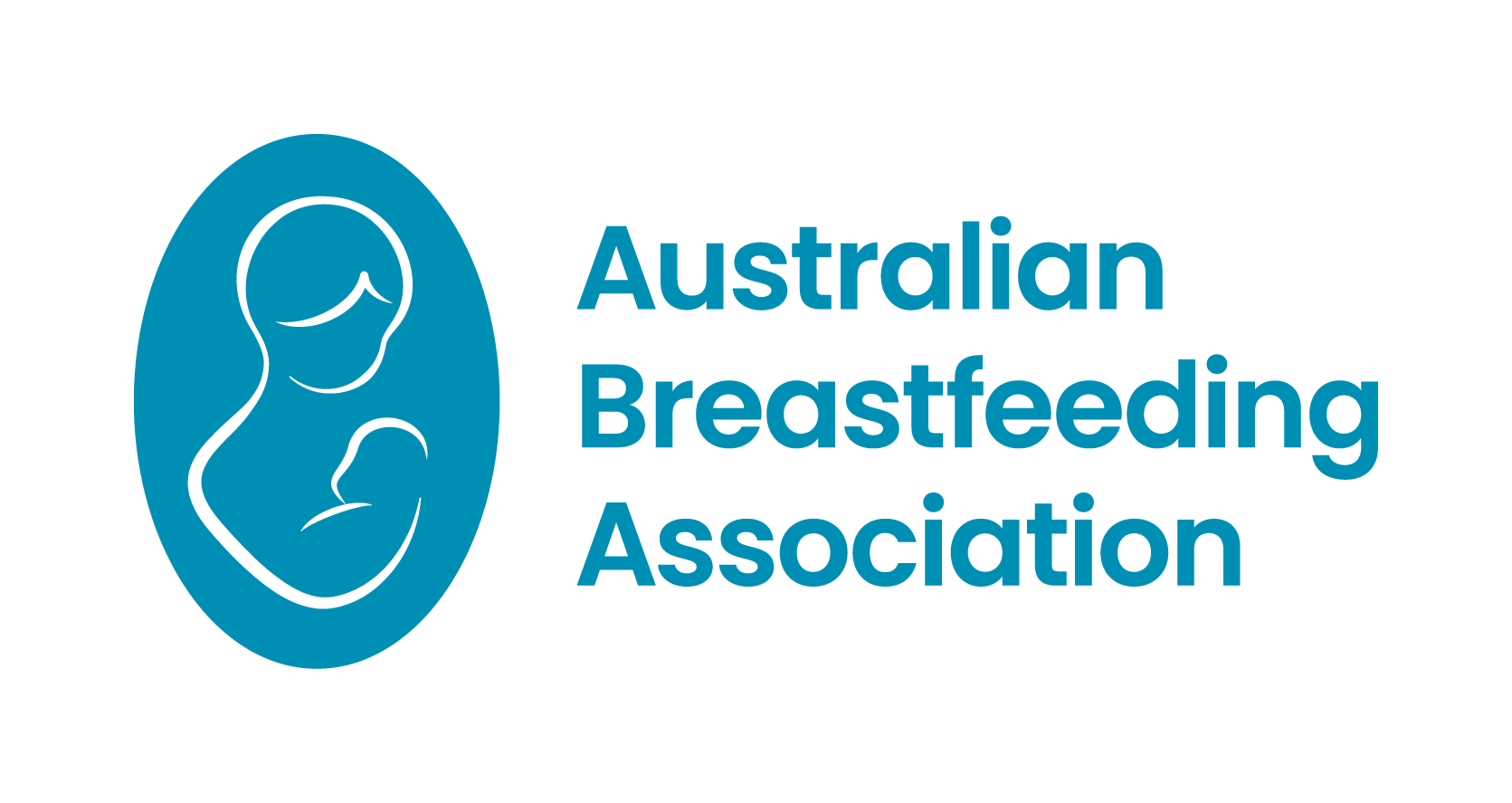The 40th Anniversary of The WHO Code
The month of May marks the 40th Anniversary of The WHO [...]
The month of May marks the 40th Anniversary of The WHO [...]
Up to date information for breastfeeding mothers about compatability of the COVID-19 vaccine with breastfeeding. The guidance, in the form of an infographic, was launched by the Australian Breastfeeding Association (ABA), the New Zealand Breastfeeding Alliance (NZBA) and the Royal Australian and New Zealand College of Obstetricians and Gynaecologists (RANZCOG).
Doctors may consider prescribing medicines for breastfeeding women during the [...]
There are a variety of methods to feed a baby expressed breastmilk or formula. One method is with a cup. Cup feeding is particularly useful during emergency situations.
This frequently asked questions (FAQ) document aims to provide health workers with information on their specific roles and responsibilities in protecting breastfeeding practices against the inappropriate promotion of breastmilk substitutes by manufacturers and distributors.
The World Health Organisation (WHO) has provided detailed guidance on the care of infants of women who are a person under investigation (PUI) or confirmed to have COVID‐19, which supports immediate postpartum mother‐infant contact and breastfeeding with appropriate respiratory precautions. Although many countries have followed WHO guidance, others have implemented infection prevention and control policies (IPC) that impose varying levels of postpartum separation and discourage or prohibit breastfeeding or provision of expressed breastmilk.
Physical distancing measures are limiting opportunities to weigh babies. This short video outlines ways to assess infant intake without weighing. Using these techniques will allow those working with mothers and babies to provide an assessment utilising telehealth and flag the mothers and babies that need face to face contact.
Breastfeeding Basics has been created to educate families about the early days and weeks of breastfeeding and includes feeding cues, positioning and attachment, how to tell if the baby is feeding effectively. Contents Breastfeeding: Getting started (0:06) Chapter 1: Starting out (0:32) Chapter 2: Getting closer (1:55) Chapter 3: What to expect (3:55) Chapter 4: Feeding cues (5:04) Chapter 5: Making feeding comfortable for you and baby (6:03) Baby-led attachment (6:52) Mother-led attachment (7:39) Chapter 6: How do I know if baby is getting enough? (10:58) Hand expressing (12:02) Reverse pressure softening (12:13) Chapter 7: Help and encouragement (12:30)
The Strategy is intended as a guide for action. It identifies interventions with a proven positive impact. It emphasises providing mothers and families the support they need to carry out their crucial roles and it explicitly defines the obligations and responsibilities in this regard of governments, international organisations and other concerned parties. Everyone concerned should move swiftly and deliberately to give tangible effect to the Global Strategy’s vital aim and practical objectives to help make the world a truly fit environment where all children can thrive and achieve their full potential. WHO and UNICEF jointly developed the Global Strategy for Infant and Young Child Feeding whose aim is to improve — through optimal feeding — the nutritional status, growth and development, health and, thus, the very survival of infants and young children.
Terms of service
Contact ABA
Need help now?
Call our Breastfeeding Helpline

Acknowledgement of Country
The Australian Breastfeeding Association acknowledges the Traditional Owners of the lands known as Australia. We wish to pay our respects to their Elders past and present and acknowledge Aboriginal and Torres Strait Islander women who have breastfed their babies on Country for more than 60,000 years, and the partners, families and communities who support them.
ABN: 64005081523
The Australian Breastfeeding Association is a Registered Training Organisation
(RTO 21659) and receives funding from the Australian Government.
Quality Indicator Survey Results.
Copyright © Australian Breastfeeding Association | ABA receives funding from the Australian Government

